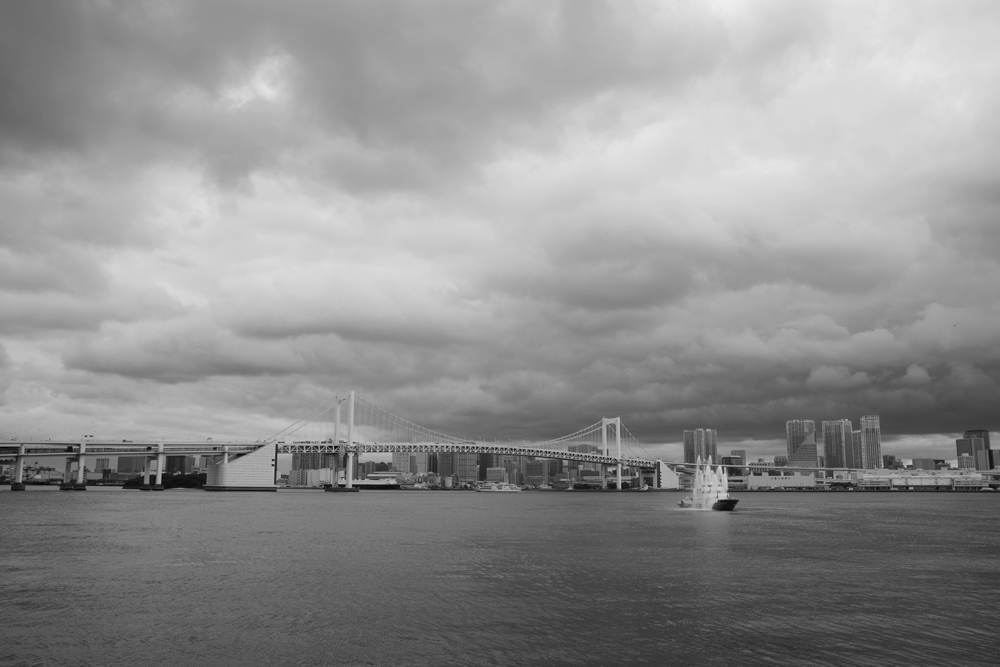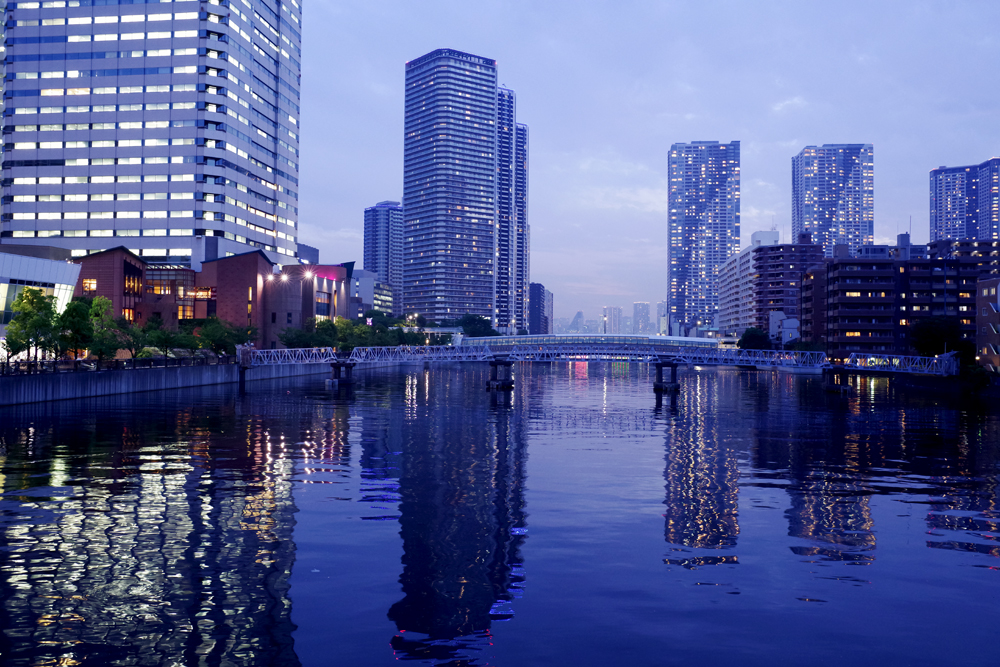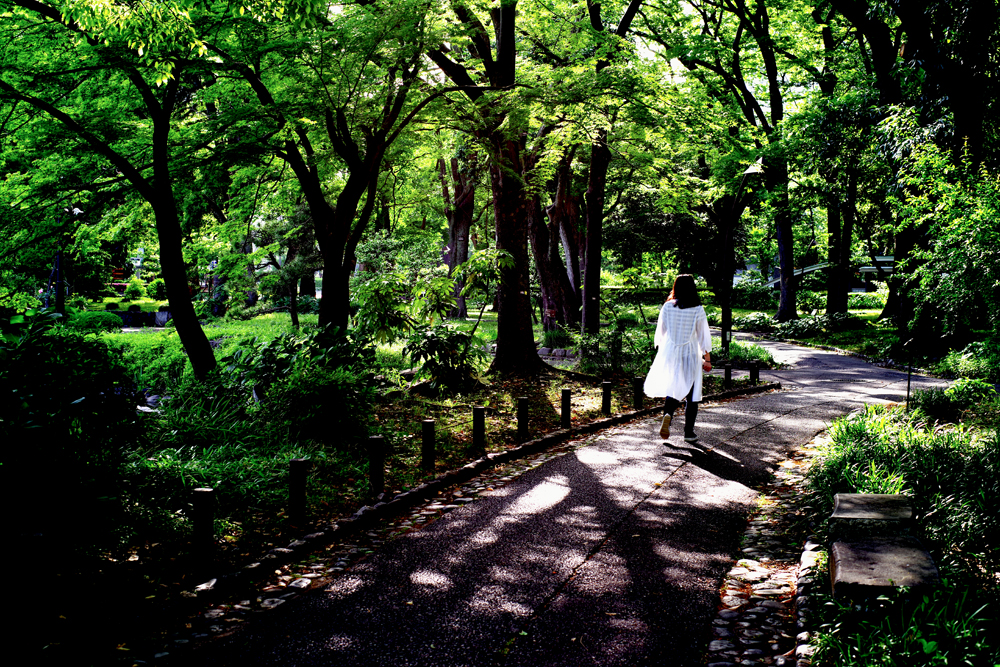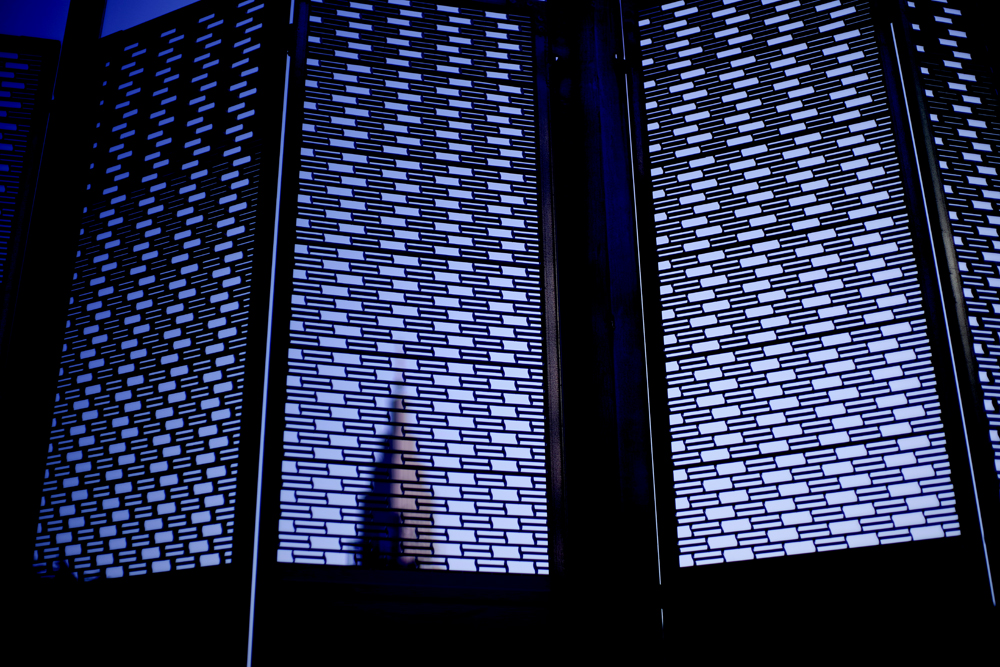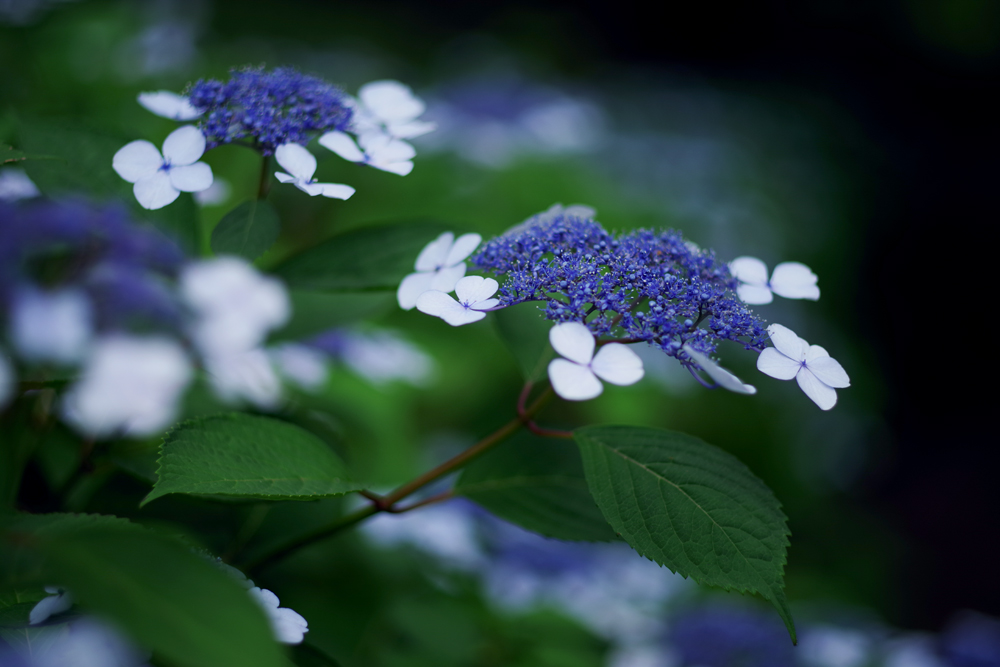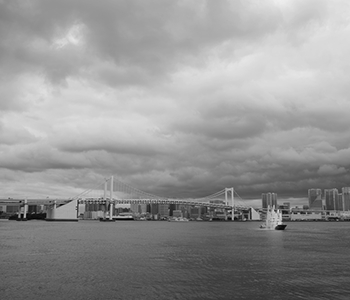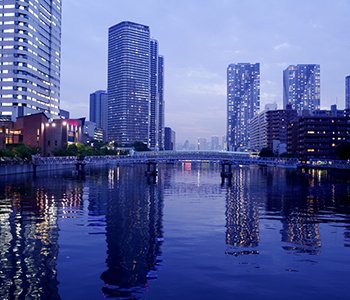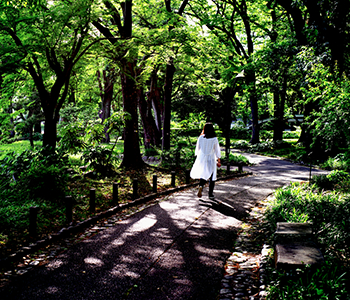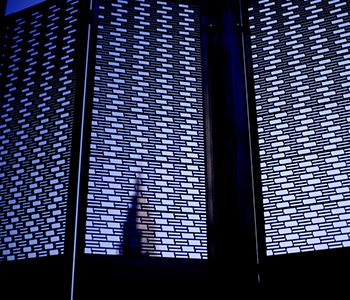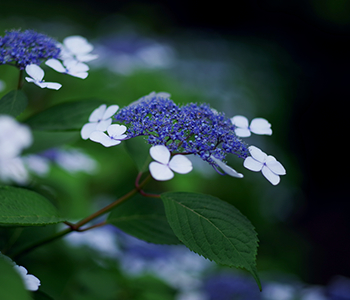

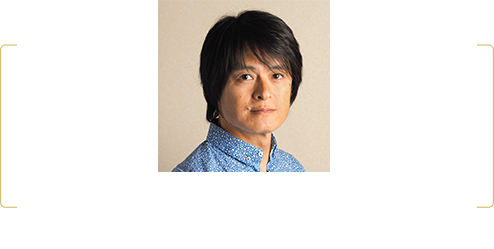
The first thing I noticed when using the PENTAX K-1 Mark II was that it produces smoother, more detailed images. The smoother tones can be more easily comprehended with sensory evaluations obtained by viewing a print than with values obtained using measuring instruments. This progress in the image quality enhances the potential of FA Limited lenses even further; as with the K-1 Mark II, the true value of these lenses lies more in the total balance sensed when viewing printed images than in any numerical evaluation. Indeed, judging from images displayed on the monitor in the 100% view and measured values would appear to make it more difficult to appreciate the true appeal of the combination of the K-1 Mark II and FA Limited lenses.
When evaluating digital camera performance today, emphasis is often given to the numeric results obtained from measuring instruments readings. In such an era, I deliberately choose to use the “three sisters” (a famous nickname for the FA Limited lenses)—lenses that were created according to the standards of the film era based on sensory evaluations that could perhaps be termed ambiguous—“because they’re fun.” The three sisters offer the wide-angle, normal, and telephoto focal lengths that are perfect for learning the basics of photography, with each possessing idiosyncrasies not found in other lenses. Their unique focal lengths are one of these idiosyncrasies, and it is up to the photographer to decide how best to use them to good effect. To exaggerate just a little, this series of lenses will not do the user’s bidding if they are simply used according to the manual.
The path to drawing out the various characters of the three lenses overlaps that of the photographer’s own road to self-discovery. The K-1 Mark II inherits the high-quality core components and functions of the original K-1 such as the five-axis, five-shutter-step shake reduction mechanism, the dust-proof and weather-resistant construction, the viewfinder with approximately 100% field of view for clear, easy viewing, and the solid shutter feel, and it produces images with greater smoothness and detail, resulting in a more faithful reproduction of the light it captures. To my mind, each of these factors helps the possibilities hidden within the FA Limited lenses to bloom.
For myself, with my passion for light, the K-1 Mark II is an irreplaceable partner.
smc PENTAX-FA 31mmF1.8AL Limited
This is the last FA Limited lens released, and it has more of the sharp feel of a wide-angle lens than the first two and possesses superb tonal reproduction capability. To make the most of the characteristics of this lens I recommend adjusting to an aperture of somewhere between F5.6 and F6.3. Keeping around this range produces a uniform brightness throughout the entire picture and helps the sharp image to stand out more. Combining the K-1 Mark II with this lens is the best way to gain an appreciation for its improved image quality. I like to think of this lens as my reliable younger daughter.
01
This was taken on a cloudy day with poor contrast, slightly difficult conditions for monochrome photography. Although it was tempting to use digital enhancement, I put my faith in the abilities of this lens and the K-1 Mark II and tried to keep things as natural as possible, and they were more than up to the task.
Lens used: smc PENTAX-FA 31mmF1.8AL Limited
02
Just when I was resigned to the fact that the slightly cloudy weather and the setting sun weren’t going to give me anything to work with, a faint glimmer of light appeared in the western sky. Rushing to avoid losing the fleeting twilight, I moved quickly to my chosen location and shot by hand. The improved high-sensitivity capability is evident in the superb reproduction of even this subtle light.
Lens used: smc PENTAX-FA 31mmF1.8AL Limited
smc PENTAX-FA 43mmF1.9 Limited
This is the first FA Limited lens and a thin pancake lens with a bright F1.9 aperture. It has good balance when combined with the K-1 Mark II, making it great for daily use. Although seen as an easy-to-use product with a focal length close to that of a standard lens, to my mind this is the weirdest lens in the history of the Limited series. This is because of the pronounced alterations in “bokeh” that result from changes in distance and aperture, and from the fact that the aperture needed for the pictures I want changes with distance. After much thought I elected to use the program automatic exposure mode and only concern myself with distance. I like to think of this lens as my slightly kooky middle daughter.
03
Walking through a park looking for a shot of sunlight filtering through the trees on a spring day, I happened on a lane bathed in beautiful light. As I was waiting someone to come by to serve as an accent to the picture, a woman appeared from behind, wearing a white shirt that made her seem to be adorned in angels’ feathers. I chose a balance and took a single shot.
Lens used: smc PENTAX-FA 43mmF1.9 Limited
04
Peeking through a construction site gate around dusk I noticed a stylish design and sought an angle that would bring a unique building into the shot to accent it. Utilizing vignetting to emphasize solidity, I used the Program Shift to set the aperture fully open to F1.9.
Lens used: smc PENTAX-FA 43mmF1.9 Limited
smc PENTAX-FA 77mmF1.8 Limited
This is my favorite lens in the Limited series. Characterized by its straightforwardness and soft “bokeh,” I find the gentle, smooth images this lens produces to be the most feminine. With the aperture fully open, it has a tendency towards purple fringing, but that can be controlled with RAW development in the camera. At the fully open aperture F1.8, images are sometimes overexposed in bright outdoor shots, even when shooting with a high-speed shutter at 1/8000 sec. Closing the aperture a little makes it easier to control exposure and produce uniform images while maintaining a soft “bokeh.” This lens is like my reliable eldest daughter.
05
This is a typewriter in a western-style room. Although this typewriter is no longer in use I composed the shot to make use of the light from the window, evoking the atmosphere of the era when this workhorse saw service. I adjusted focus at “W.” The nuanced focusing point and soft “bokeh” give this shot a feel that is typical of this lens.
Lens used: smc PENTAX-FA 77mmF1.8 Limited
06
It is unusual for me to take a picture of flowers (laugh). I happened to see this beautiful hydrangea while out walking and pointed my camera towards it without a thought. I think my action was prompted by the fact that although it wasn’t raining, the light was weak, giving everything a gentle feel. My reliable “eldest daughter” captures any subject beautifully.
Lens used: smc PENTAX-FA 77mmF1.8 Limited
Born in Hyogo in 1969. After graduating from the Nippon Photography Institute, Sasaki worked in rental studios and as a photographer’s assistant before going independent. Currently he titles himself a “street photographer” and works to create images while writing for magazines. In the film era he was fan of monochrome photography, beginning to work in color photography when he ventured into the digital realm. He strongly believes in only making originals available in print.
(//www.facebook.com/KeitaPage2)

